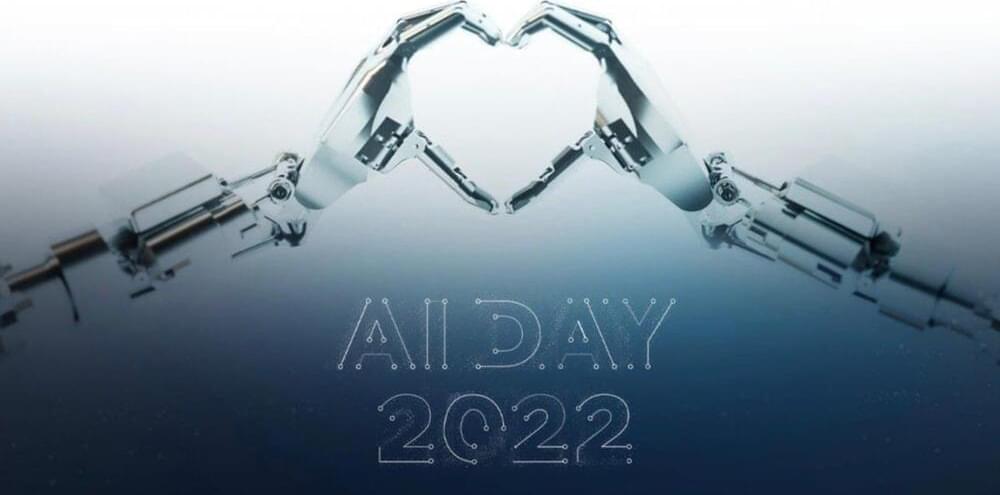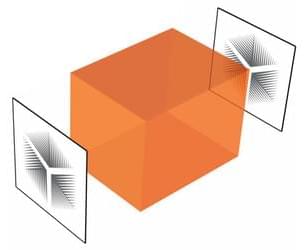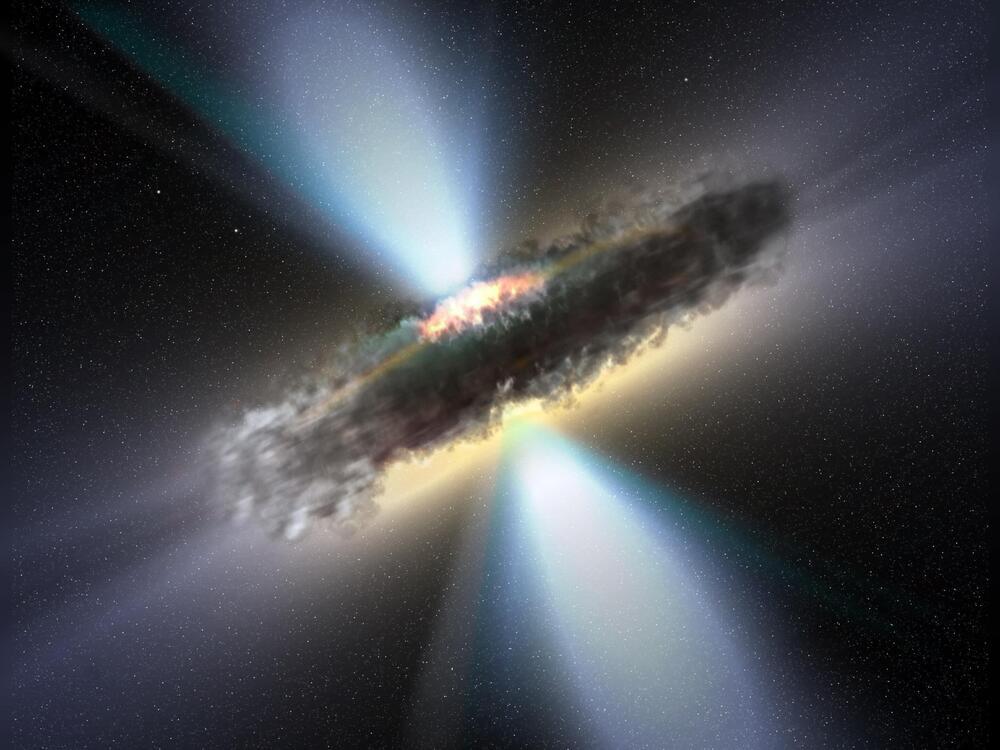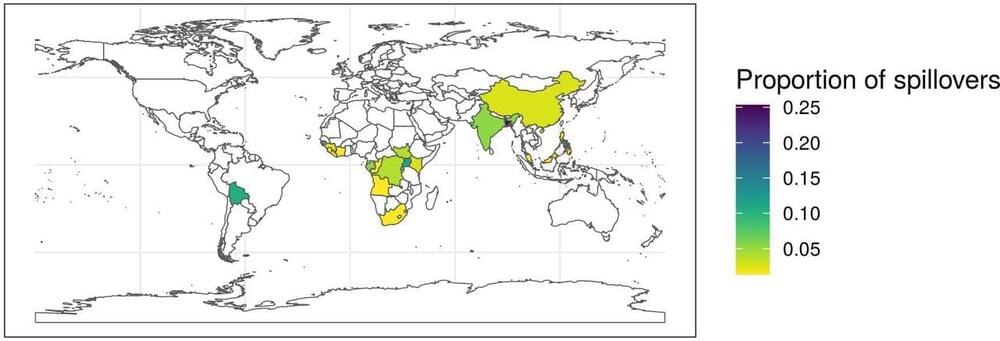Electric SUV platform – to be used by next Discovery Sport and Evoque – will underpin new brand Avinya’s EVs.



Tesla is going to integrate Elon Musk’s newly launched Grok AI assistant in its electric vehicles, according to the CEO.
Earlier this year, Musk launched a new AI startup, xAI, and said that it will work closely with Tesla.
The company’s mission is “to understand the true nature of the universe”, but in practice, its first project is to build a chatbot or AI assistant à la ChatGPT.

As humans, we live in our thoughts: from pondering what to make for dinner to daydreaming about our last beach vacation. Now, researchers at HHMI’s Janelia Research Campus have found that animals also possess an imagination.
A team from the Lee and Harris labs developed a novel system combining virtual reality and a brain-machine interface to probe a rat’s inner thoughts.
They found that, like humans, animals can think about places and objects that aren’t right in front of them, using their thoughts to imagine walking to a location or moving a remote object to a specific spot.



The post included a demonstration video from the researchers, showing how a team of five drones successfully located a set of keys in an outdoor park.
“The drones showcased key abilities, including humanlike dialogue interaction, proactive environmental awareness and autonomous entity control,” the WeChat report said. Autonomous entity control refers to the drone cluster’s ability to adjust flight status in real time based on environmental feedback.
The technology equips each drone with a “human brain”, allowing them to chat with each other using natural language. This ability was developed based on a Chinese open-source large language model called InternLM, according to the report.


Illuminating a high-resolution lens with waves whose intensity diminishes over time can improve the image quality.
Images formed using a conventional lens have a strict resolution limit—features smaller than about one half of a wavelength of light are lost. “Superlenses” made from structures called metamaterials could potentially beat this restriction if not for unavoidable losses in the transmission of the light carrying the finest details. Now researchers have used sound waves to demonstrate a new way around this problem that should also apply to light waves: they varied the amplitude of the “illuminating” waves over time [1]. The new approach, they believe, will enable the development of more precise acoustic and photonic lenses for use in areas such as microscopy and ultrasound imaging.
Not all of the light that reflects off of an object escapes to distances far away. The so-called evanescent waves decay rapidly in amplitude as they travel away from an object, but these waves contain the subwavelength information required to beat the usual resolution limit. A technique called near-field scanning optical microscopy can detect these waves by using a probe to scan across the object at close range, but real-time images are not possible because the scanning process is time consuming. Other “superresolution” imaging techniques also face trade-offs between complexity, speed, and efficiency.

A new study reveals that supermassive black holes at the centers of galaxies, known as quasars, can sometimes be obscured by dense clouds of gas and dust in their host galaxies.
This challenges the prevailing idea that quasars are only obscured by donut-shaped rings of dust in the close vicinity of the black hole.
Quasars are extremely bright objects powered by black holes gorging on surrounding material. Their powerful radiation can be blocked if thick clouds come between us and the quasar.

The COVID-19 pandemic has focused attention on patterns of infectious disease spillover. Climate and land-use changes are predicted to increase the frequency of zoonotic spillover events, which have been the cause of most modern epidemics. Characterising historical trends in zoonotic spillover can provide insights into the expected frequency and severity of future epidemics, but historical epidemiological data remains largely fragmented and difficult to analyse. We utilised our extensive epidemiological database to analyse a specific subset of high-consequence zoonotic spillover events for trends in the annual frequency and severity of outbreaks. Our analysis, which excludes the ongoing SARS-CoV-2 pandemic, shows that the number of spillover events and reported deaths have been increasing by 4.98% (confidence interval [CI]95% [3.22%; 6.76%]) and 8.7% (CI 95% [4.06%; 13.62%]) annually, respectively. This trend can be altered by concerted global efforts to improve our capacity to prevent and contain outbreaks. Such efforts are needed to address this large and growing risk to global health.